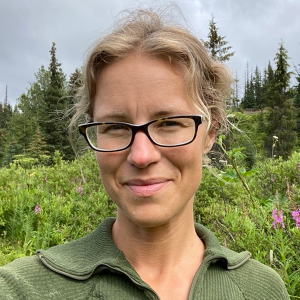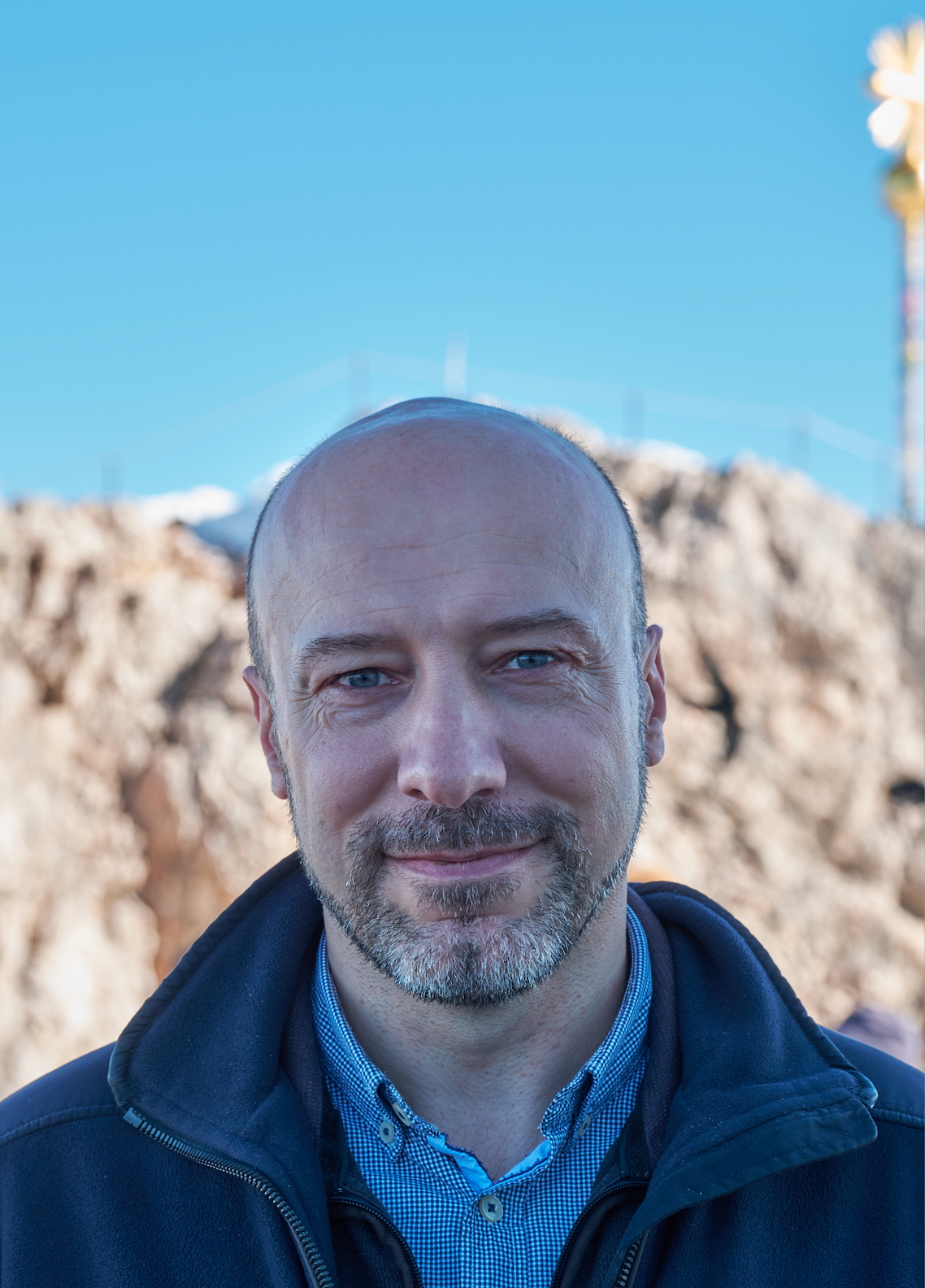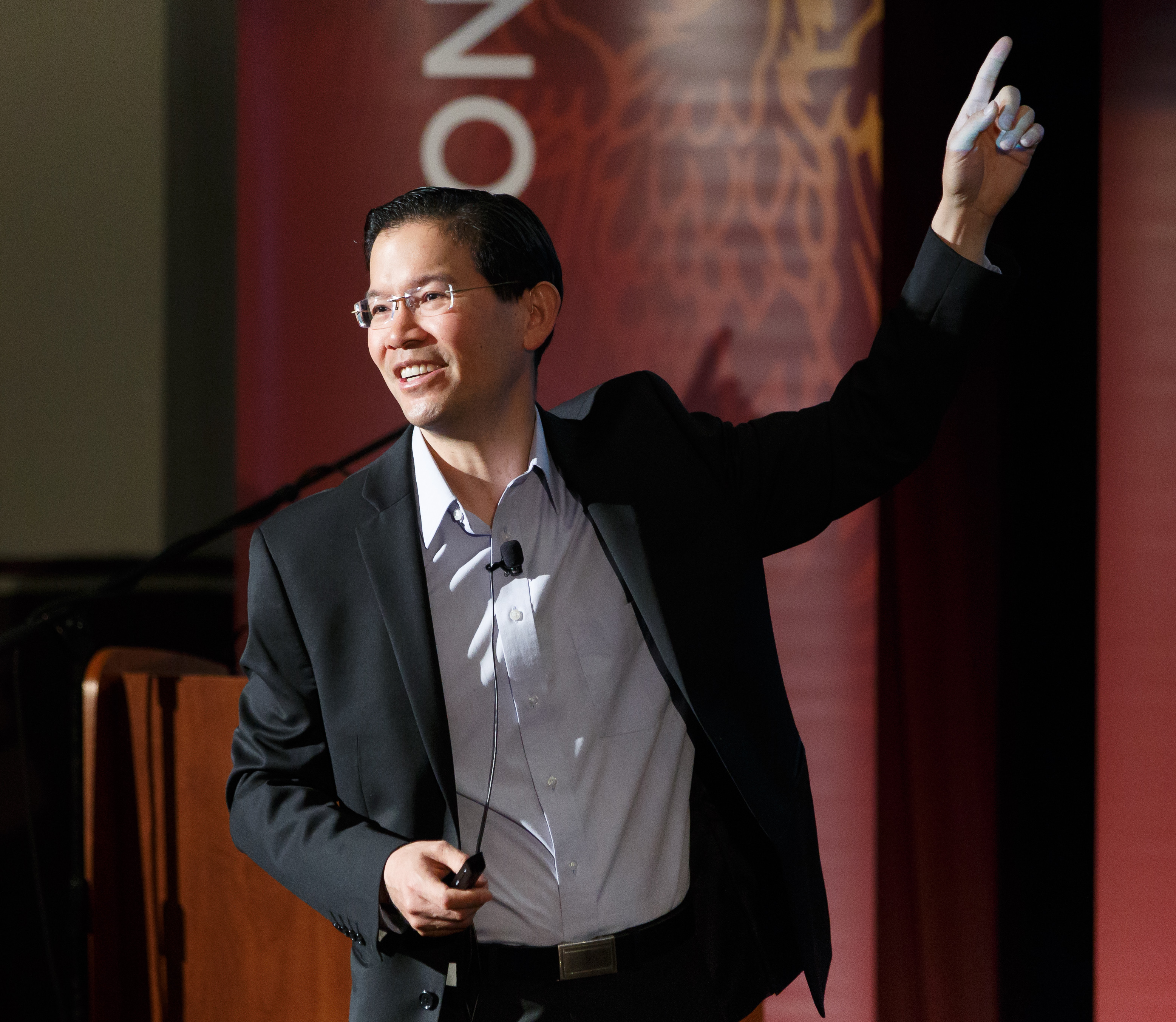Keynotes
Empowering our society in managing permafrost thaw hazards
Tuesday Sep 16, 13:30-14:30
Session Chair: Daniel S. Katz
 Anna Liljedahl
Anna LiljedahlWoodwell Climate Research Center
Bio. I enjoy Arctic science that spans multiple disciplines and approaches. My background is in permafrost hydrology and how tundra landscape evolution is impacting the flow and storage of water. More recent interests include big geospatial data and how we can enable the creation, access, and use of big data (think sub-meter across the Arctic) to support science and address societal challenges of permafrost thaw hazards.
Serverless Scientific Workflow Engineering for Interdisciplinary Research in Earth Observation and Computational Ecology
Wednesday Sep 17, 9:00-10:00
Session Chair: Andre Bauer
 Samuel Kounev
Samuel KounevChair of Software Engineering, Institute of Computer Science, University of Würzburg
In this context, we introduce a new large-scale research initiative aiming to address the above challenges through a collaboration between computer scientists, geoscientists, and ecologists in an interdisciplinary setting. The Research Unit "SOS: Serverless Scientific Computing and Engineering for Earth Observation and Sustainability Research (DFG FOR)" (https://dfg-sos.de) includes partners from the University of Würzburg, the German Aerospace Center (DLR), the Leibniz Supercomputing Sentre (LRZ), and the Max Planck Institute of Animal Behavior (MPIAB). Established in January 2025 by the German Research Foundation (DFG), this long-term project pursues three main goals: (1) significantly lower the technical entry barrier for the development and execution of complex high-volume EO workflows with multiple distributed and heterogeneous data sources in an interdisciplinary setting, (2) enable application-level automation, sharing, and (third-party) reuse of EO workflows—including workflow designs, implementations, and research data—across projects, teams, application domains, and organizations, and (3) address a set of exemplary interdisciplinary research questions focussed on investigating the impact of climate change on the land surface dynamics (snow cover, snowmelt) and the movement pathways of migratory animals, as a basis for predicting future space use and species composition. We discuss the current state of the project and present some initial results towards providing semantically enriched and reusable EO workflow components.
Bio. Samuel Kounev is a Professor and Chair of Software Engineering at the University of Würzburg. His research spans the areas of software architecture, systems benchmarking, cyber security, and applied data science in the domains of cloud computing, cyber-physical systems, and scientific workflows for Earth observation. He has extensive experience in leading interdisciplinary research projects, for example, EU FP7 Marie Curie Initial Training Network (ITN) “RELATE” in the area of cloud computing, or more recently the bidt project “ROOT” (Real-time Earth Observation of Forest Dynamics and Biodiversity). He is the main author of the first textbook on „Systems Benchmarking“, the 2nd edition of which was published by Springer in 2025. Samuel holds a PhD (Dr.-Ing.) degree in computer science from TU Darmstadt (Germany). Samuel is Founder and Elected Chair of the SPEC Research Group within the Standard Performance Evaluation Corporation (SPEC) as well as co-founder of several conferences in the field, including the ACM/SPEC International Conference on Performance Engineering (ICPE) and the IEEE International Conference on Autonomic Computing and Self-Organizing Systems (ACSOS), for which he has also been serving on the Steering Committees. His research has led to over 300 publications (with an h-index of 51) and multiple scientific and industrial awards including 10 Best Paper Awards, SPEC Presidential Award for "Excellence in Research“, Google Research Award, ABB Research Award, and VMware Academic Research Award.
Quantum Computing: An Outlook for Platforms and Applications
Thursday Sep 18, 9:00-10:00
Session Chair: Daniel S. Katz
 Fred Chong
Fred ChongUniversity of Chicago, Chief Scientist for Quantum Software at Infleqtion
In particular, I propose that algorithms should be co-designed using hybrid strategies involving high-performance classical resources as well as quantum hardware serving as special-purpose accelerators. I will discuss several examples, including our work in identifying cancer biomarkers in multimodal patient data. I will also describe quantum-inspired algorithms in contextual machine learning and their potential implementation in future quantum machines.
Bio. Fred Chong is the Seymour Goodman Professor in the Department of Computer Science at the University of Chicago and the Chief Scientist for Quantum Software at Infleqtion. He was also Lead Principal Investigator for the EPiQC Project (Enabling Practical-scale Quantum Computing), an NSF Expedition in Computing, from 2018-2024. Chong is a member of the National Quantum Advisory Committee (NQIAC) which provides advice to the President on the National Quantum Initiative Program. In 2020, he co-founded Super.tech, a quantum software company, which was acquired by Infleqtion (formerly ColdQuanta) in 2022. Chong received his Ph.D. from MIT in 1996 and was a faculty member and Chancellor's fellow at UC Davis from 1997-2005. He was also a Professor of Computer Science, Director of Computer Engineering, and Director of the Greenscale Center for Energy-Efficient Computing at UCSB from 2005-2015. He is a fellow of the ACM and the IEEE, a recipient of the NSF CAREER award, the Intel Outstanding Researcher Award, and 15 best paper awards. He is also a recipient of the Quantrell Award, the oldest undergraduate teaching award in the United States, as well as the University of Chicago's Graduate Teaching and Mentoring Award. His research interests include emerging technologies for computing, quantum computing, multicore and embedded architectures, computer security, and sustainable computing.
